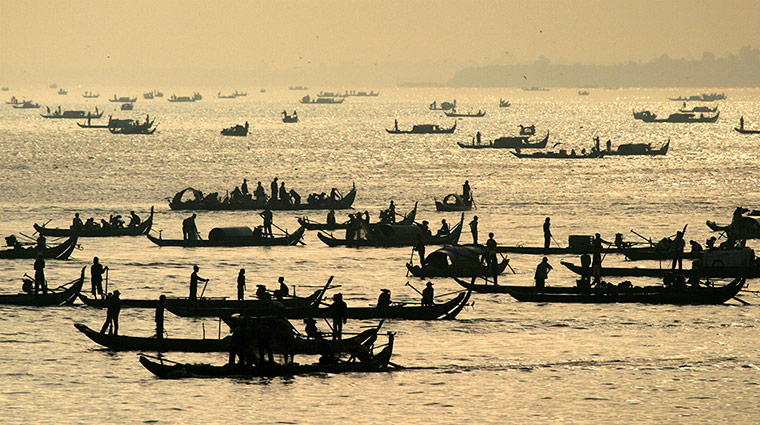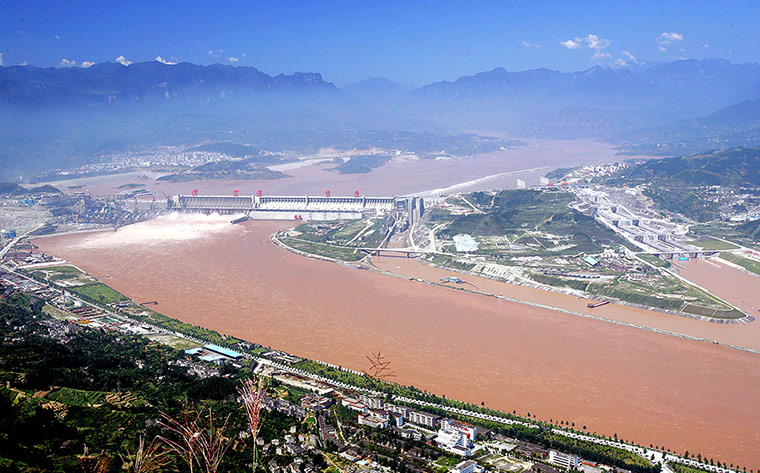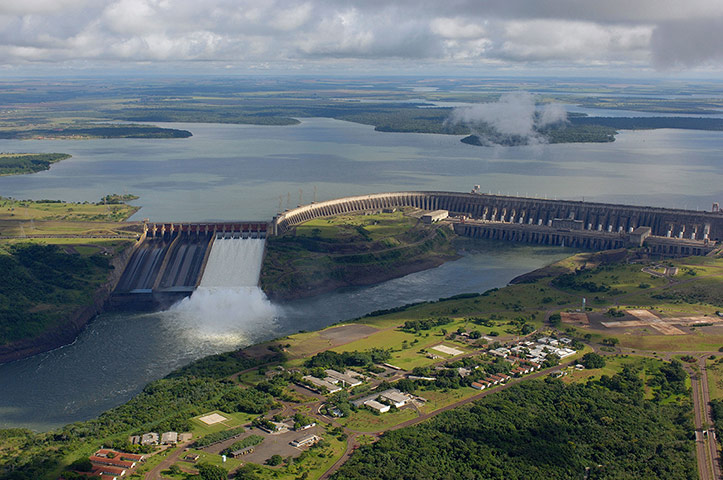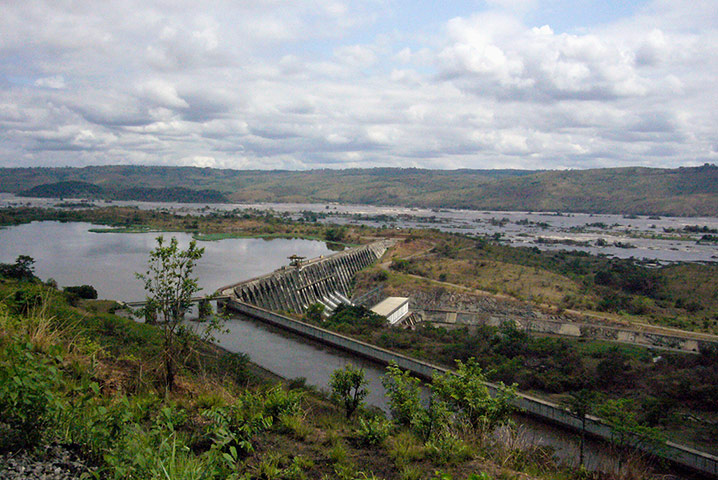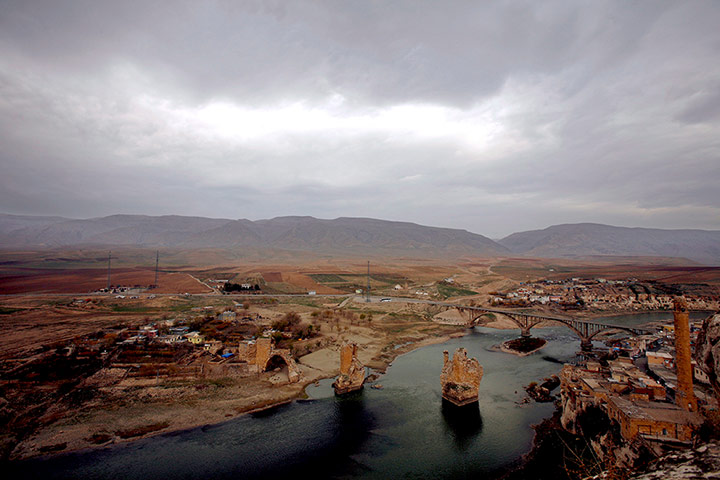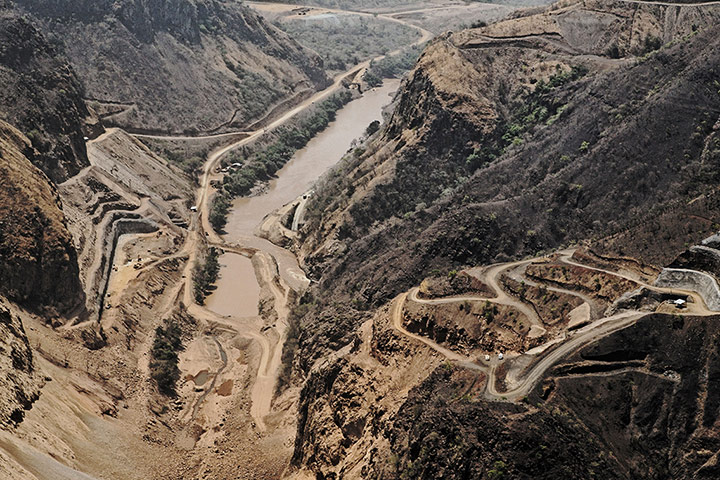BLOG
March 16th, 2012
Via The Guardian, a look at some of the world’s most contentious dam projects:
South-east Asia’s Mekong dam
Laos hopes to built a 1,285 megawatt hydroelectric plant at Xayaburi that would supply Thailand with electricity and open the door to a host of other proposed dams on the Mekong. But until now its plans have been fiercely opposed by Cambodia and Vietnam. Both countries fear the blockage would sharply reduce the water needed for downstream fisheries and irrigation. In December, the governments involved in the Mekong river commission – Cambodia, Vietnam, Laos and Thailand – agreed the $3.5bn scheme should be halted pending a more complete assessment of its impact
China’s Three Gorges dam
Since the start of construction in 1992, about 16m tonnes of concrete have been poured into the giant barrier across the Yangtze river, creating a reservoir that stretches almost the length of Britain and drives 26 giant turbines. The world’s biggest hydropower plant has a total generating capacity of 18,200 megawatts and the ability to help tame the floods that threaten the Yangtze delta each summer. But it has proved expensive and controversial due to the rehousing of 1.4 million people and the flooding of more than 1,000 towns and villages. The government last year acknowledged the dam had pressing geological, human and ecological problems and mentioned, for the first time, its negative impact on downstream river transport and water supplies
Brazil’s Itaipu dam
The Itaipu dam between Brazil and Paraguay on the Paraná river is the second largest dam in the world after the Three Gorges dam. It provides 80% of Paraguay’s electricity, making it the largest exporter of electricity in the world (over 25% of Brazil’s electricity comes from here). Despite providing clean energy and bolstering both Brazil and Paraguay’s economies, construction of the dam has completely flooded Sete Quedas, a series of waterfalls that once rivalled Iguacu Falls. The dam has also displaced over 40,000 families and destroyed more than 700sq km of rainforest
DRC Grand Inga dam
The G8 and some African governments hope that the $80bn Grand Inga dam in the Democratic Republic of the Congo will generate twice as much electricity as the world’s current largest dam, the Three Gorges in China, and jump-start industrial development on the continent. But while governments and banks expect the dam to export electricity as far away as South Africa, Nigeria and Egypt, and even Europe and Israel, environment groups and local people fear it could bypass the most needy and end up as Africa’s most ruinous white elephant
Turkey’s Ilisu dam
Known in Turkey as Gap, the project has sparked international controversy since its proposal in 1954. The hydroelectric dam will impound the waters of the Tigris, harnessing the water for energy and irrigation through a huge reservoir. With a 1,200 megawatt hydroelectric power plant, the dam will supply an annual power production of 3,833 gigawatts an hour – about 2% of the country’s total usage. Officials say power generated by Ilisu dam will serve the southeastern region where electricity is in short supply. However, critics fear most energy will be directed to western Turkey, where a continually expanding Istanbul monopolises the county’s electricity needs. Construction began in 2006 and threatens the ancient town of Hasankeyf.
Ethiopia’s Gibe III dam
Agricultural developments along the Omo river valley have accompanied the building of the 243-metre high Gibe III dam, expected to be Ethiopia’s largest investment project and Africa’s largest hydropower plant. But allegations of human rights abuses have marred both the dam’s construction and the creation of a 140-mile long reservoir intended to provide water for irrigation of industrial-scale plantations. Some of the greatest hydrological effects could be seen near Lake Turkana, into which the river Omo flows. When the dam is complete and the reservoir is full, possibly in 2015, the lake could shrink to one third of its present size, jeopardising the livelihoods of up to 300,000 people


